1983 - Strachey's List
The Most Consequential Games of All-Time
Strachey’s List is my list of the most acclaimed, consequential, and influential titles of all time. There is a max limit of 20 games per year. As always, this is all my opinion and research.
Archon: The Light and the Dark
1983 - Electronic Arts / Free Fall Associates
Jon Freeman, Paul Reiche III, Anne Westfall
One of the first games published by Electronic Arts, Archon: The Light and the Dark, plays like a chess game but becomes an arcade-style fighter when you land on a piece. The game has gone on to be re-released, and some sequels have been produced. It's important as it helped establish Electronic Arts in the industry and made some important computer and video game programmers, Jon Freeman, Anne Westfall, and Paul Reiche. It helped influence many future strategy game developers.
Baseball (VS. Baseball)
December 7, 1983 - Nintendo / Intelligent Systems
Shigeru Miyamoto
Created specifically because Shigeru Miyamoto wanted a baseball game for Nintendo’s new Family Computer System, the game became an early sports hit for what would become the 8-bit console golden age. An arcade port came out later with the title VS. Baseball. It would also be released in 1985 as one of the NES launch titles. While most sports titles tend to be forgotten when the new version comes out, this one still has nostalgia and a legacy due to its impact in the early Nintendo era.
Bomberman
July 1983 - Hudson Soft / Sinclair Research
Yuji Tanaka
The iconic blue bomber makes his debut in Bomberman. Ironically, this game tried to sell itself with more action-oriented marketing and art, sidelining the famous hero. Don’t worry, the titular hero would eventually become the face of the franchise, but in this game it was all about introducing the maze style gameplay mechanics. You set up bombs to take out enemies and blocks to get to new rooms. In a weird twist that many don’t know about, the game ends by revealing Bomberman turning into Loder Runner’s protagonist (a game you’ll see later) in the ending for the NES/Famicom version. Bomberman would become his own character and series after.
Dandy
1983 - Atari Program Exchange / Antic Software / Electric Dreams
John Howard Palevich, Joel Gluck
John Howard Palevich created Dandy as his thesis at MIT. It’s a dungeon crawler where you use bows and arrows to take out monsters. Its main feature is cooperative gameplay, allowing you and your friends to team up and take out monsters together. The game inspired future titles like Gauntlet, and the co-op play in a dungeon crawler would inspire the eventual JRPG MMO titles. A success of the Atari Program Exchange, it’s one of the first hit indie titles.
Donkey Kong 3
October 1983 - Nintendo / Intelligent Systems
Shigeru Miyamoto, Gunpei Yokoi
The last of the original Miyamoto Donkey Kong trilogy, Donkey Kong 3, differs slightly from its predecessors. This time, you play as Stanley, the exterminator, who has to protect his flowers from bugs, and Donkey Kong Junior. You use your extermination spray to get Junior higher and prevent bugs from stirring. It’s different from the previous games and the lesser-known of the series, but it still has moderate success outside of North America. The North American video game crash in 1983 didn’t give it a chance, but its later release on the NES helped give it a new reputation in the region.
Dragon’s Lair
July 19, 1983 - Cinematronics / Advanced Microcomputer Systems
Don Bluth, Rick Dyer
This interactive animated movie would become one of the final classics of the dying golden age of the arcade gaming industry. Dragon’s Lair was animated by Don Bluth, a former Disney animator who packed up and left the studio to create Disney’s first proper competitor (at least for a time) and made films like The Secret of NIMH, The Land Before Time, and An American Tail. It has some of the first use of quick time events and makes players feel like they are controlling an animated film. You play as Dirk the Daring, a knight set on freeing Princess Daphne from a dragon and evil wizard. Due to the use of animation, it’s one of the more beautiful games of the 1980s. It’s become an era staple and received remakes, re-releases, and sequels. It would also inspire the cel-shaded art style many video games would use in the future when they wanted to look like a cartoon.
Halloween
October 1983 - Wizard Video / MicroGraphicImage
Tim Martin, Robert Barber
An early horror classic in video games, Halloween is marketed and named after the infamous classic film but never directly uses any characters' names. You play as a babysitter who has evaded a killer (obviously hinted to be Michael Myers) and rescues the children under your care. The game proved controversial and would be part of a debate around video game violence before the ESRB system was created. Many retailers refused to carry the game, and it became a lightning rod in certain communities. Despite this, it’s gone on to have a cult following among some retro gamers and is one of the pioneers of early horror video games.
Jetpac
May 1983 - Ultimate Play the Game
Chris Stamper, Tim Stamper
Created by the Stamper brothers, Jetpac would be the launching pad (pun intended) for the studio we know today as Rare. You play as Jetman, who has to collect the pieces of his ship on a planet and then fill it up with fuel to leave. You’ll also deal with aliens and defend yourself. The legacy of this one can’t be understated. The Stamper brothers and Rare would become essential to video game history, specifically for Nintendo in the 90s. Jetpac would get re-releases, sequels, and a remake in Jetpac Refuelled on Xbox 360.
Lode Runner
June 23, 1983 - Broderbund / Irem / Hudson Soft
Doug Smith
Another important game of the era, Lode Runner, has you avoid enemies as you collect golden pieces and then must go back up a series of ladders, hand-to-hand bars, and platforms in brick architecture. Players can dig holes to trap the enemy guards and must think carefully about how to get back to the top after collecting all the necessary gold pieces. It was a passion project that became a massive hit for computers, specifically the Apple II, created by Doug Smith, who would go on to be credited in games many games, including Secret of Mana. It’s also one of the first games to have a level editor.
Mario Bros.
March 1983 - Nintendo / Intelligent Systems
Shigeru Miyamoto, Gunpei Yokoi
Mario had officially earned his name and was no longer going by Jumpman. The new character was put in a new situation as he traded dealing with escaped monkeys with dealing with turtle-like creatures that would become known as Koopas. This time, the plumber’s brother Luigi would debut for the arcade hit. Players had to jump and run to escape and attack enemies as they traversed an underground pipe system. The game proved to be a success and got many ports, including the Atari system. While not his debut, this would start the Mario brothers’ run at dominating the industry.
Nobunaga’s Ambition
March 1983 - Koei
Kou Shibusawa
This turn-based tactical RPG has players step foot into feudal Japan and take the role of Oda Nobunaga, who seeks to conquer and unify Japan. You have to allocate resources to your forces, look out for the well-being of civilians, and manage an economy. The action happens when invading forces arrive, and you must survive or destroy them to move on in the story. A first in a new genre and a game that helped put Koei on the map as a quality Japanese video game publisher, Nobunaga’s Ambition would launch a franchise and become a staple of strategy RPG titles. The series even got a crossover title with Pokemon in the future.
Punch-Out!!
December 1983 - Nintendo
Genyo Takeda
This boxing arcade title would see significant success and continue to show Nintendo’s ambition in the industry. You take on the role of an unarmed boxer and fight against other competitors in an endless loop. It was a hit everywhere, but it would be its successor for the future NES console that would earn a bigger legacy. Still, this arcade boxing game proved to be its own success and helped start a franchise. While mostly forgotten due to its successors, Punch-Out!! is a solid arcade title that stands on its own.
Spy Hunter
November 1983 - Bally Midway / Sunsoft
George Gomez
Inspired by James Bond movies, Spy Hunter is a vertical scrolling game in which you drive on a highway in a top-down perspective and shoot enemies while avoiding civilian casualties. You’ll upgrade your weapons and traverse new terrains as you progress through the game. You’ll also transform into a speedboat when necessary. The frenetic action driving game offers an innovative way to play racing games and is an early example of how video games can merge different genres. It would become a pop culture title and get many easter eggs and appearances on TV shows.
Star Wars
May 5, 1983 - Atari
Mike Hally, Greg Rivera, Norm Avellar
One of the most famous arcade titles ever created, the Star Wars video game is a vector-based graphics title that simulates the attack on the Death Star in a first-person perspective. You play as Luke Skywalker and pilot an X-Wing fighter to deal with enemy waves. After dealing with three waves, the game ends with the destruction of the Death Star. The game left an impact on many early video game historians and experts, as it has been included in many Greatest Video Games lists since they were a thing. The game is still talked about to this day and inspired the Star Wars: Rogue Squadron franchise that would come later.
The Portopia Serial Murder Case
June 1983 - Enix / Chunsoft
Yuji Horii
This adventure game has you play the part of a detective as you look for clues and interrogate suspects to find a killer. The original PC port is played using keyboard commands and text as you follow dialogue that branches depending on your questions. The later ports would add dialogue to select, making it easier and more accessible to casual players. The game would be an early example of what we now call the visual novel genre, and it heavily influenced some future game developers like Eiji Anomuna. It was the reason Hideo Kojima decided to make video games. The story and twist ending have led to it being recognized as one of the first narrative-based video games to tell a quality story.
Track and Field (Hyper Olympic)
September 1983 - Konami / Centuri
This Olympic game proved to be one of the year’s biggest hits. It is an early sports title that received commercial and critical success. The game has you play through several competitive events like the 100-meter dash, long jump, high jump, and more. The game's huge success led to Konami hosting competitive events, making them some of the first e-sports events. The game launched a franchise and influenced Olympic video games in the future.
Xevious
February 1983 - Namco / Atari
Masanobu Endo, Shigeki Toyama
Control a starship and take on the Xevious forces to protect mankind in a vertical shooter. It was initially developed as a Vietnam War game and became a sci-fi arcade shooter. The game was ambitious for the shooters at the time, with detailed and varied locales and a detailed story. The game also has some of the best graphics for its time. The success in Japan was record-breaking, even surpassing Space Invaders. It was so popular in the country that it led to a sales bump for the Famicom when the game came to the system. With great graphics, a storyline, and boss fights, it proved to be an influential game for future developers. The game received several sequels, compilations, and spin-offs.
Be Nice to All


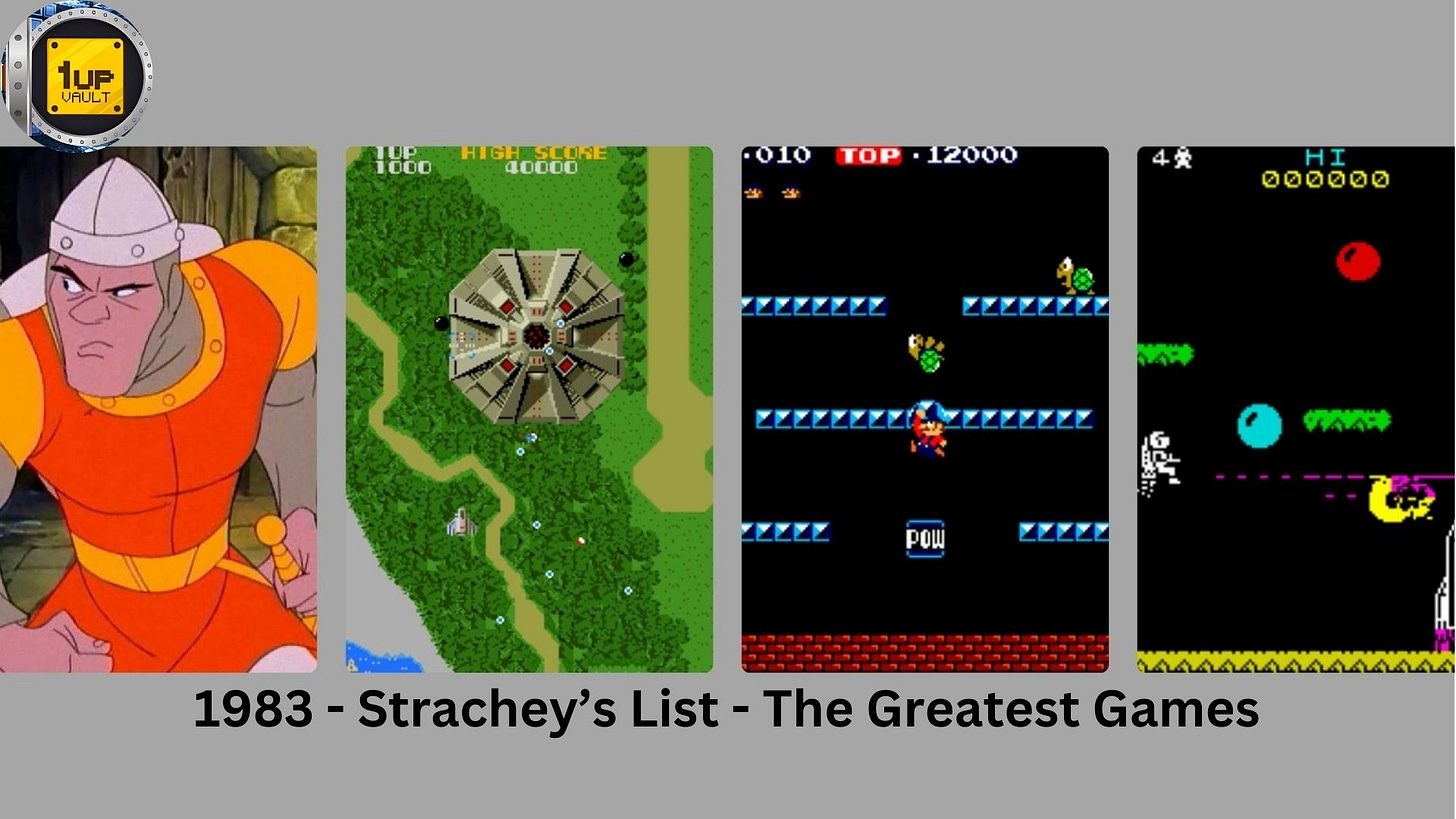
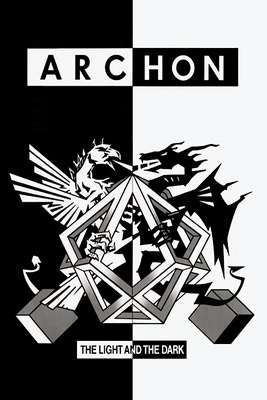
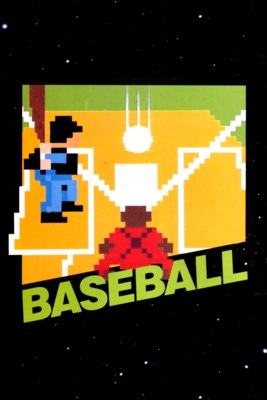


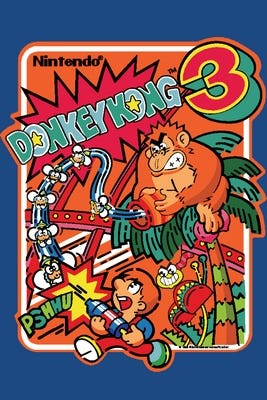
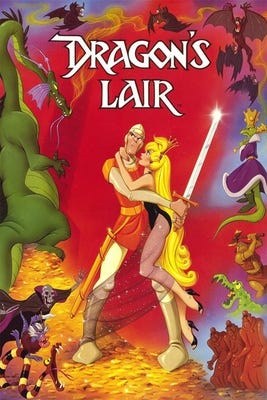
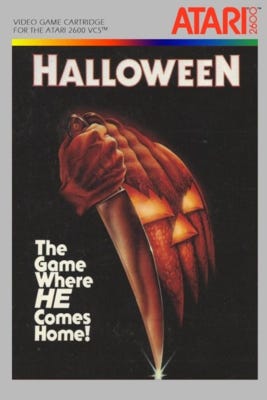


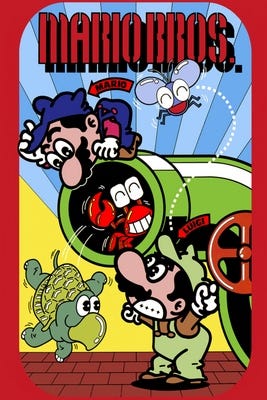



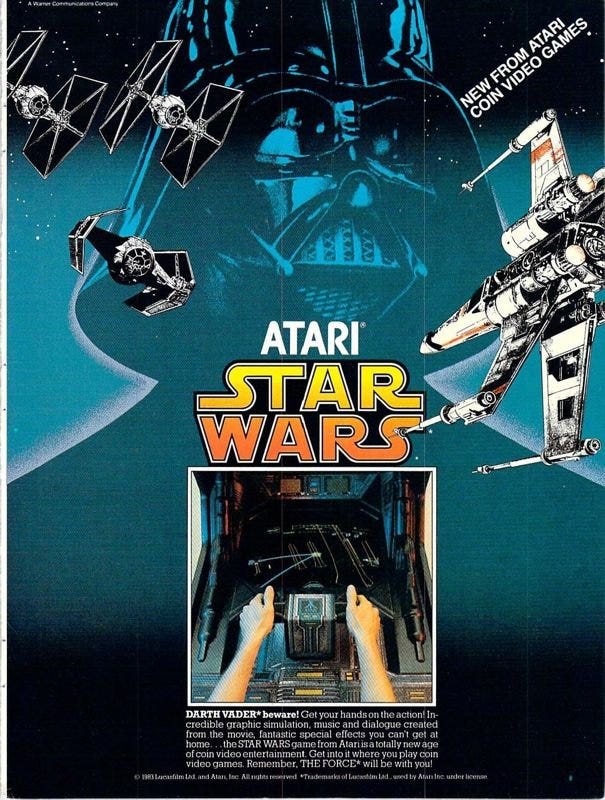
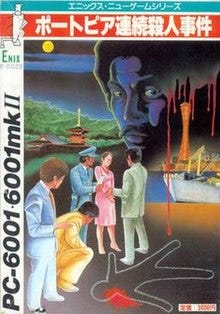


Damn. What a year! So many absolute classics.
Great games at a great time. I'd love to design a modern game heavily based on Nobunaga’s Ambition.